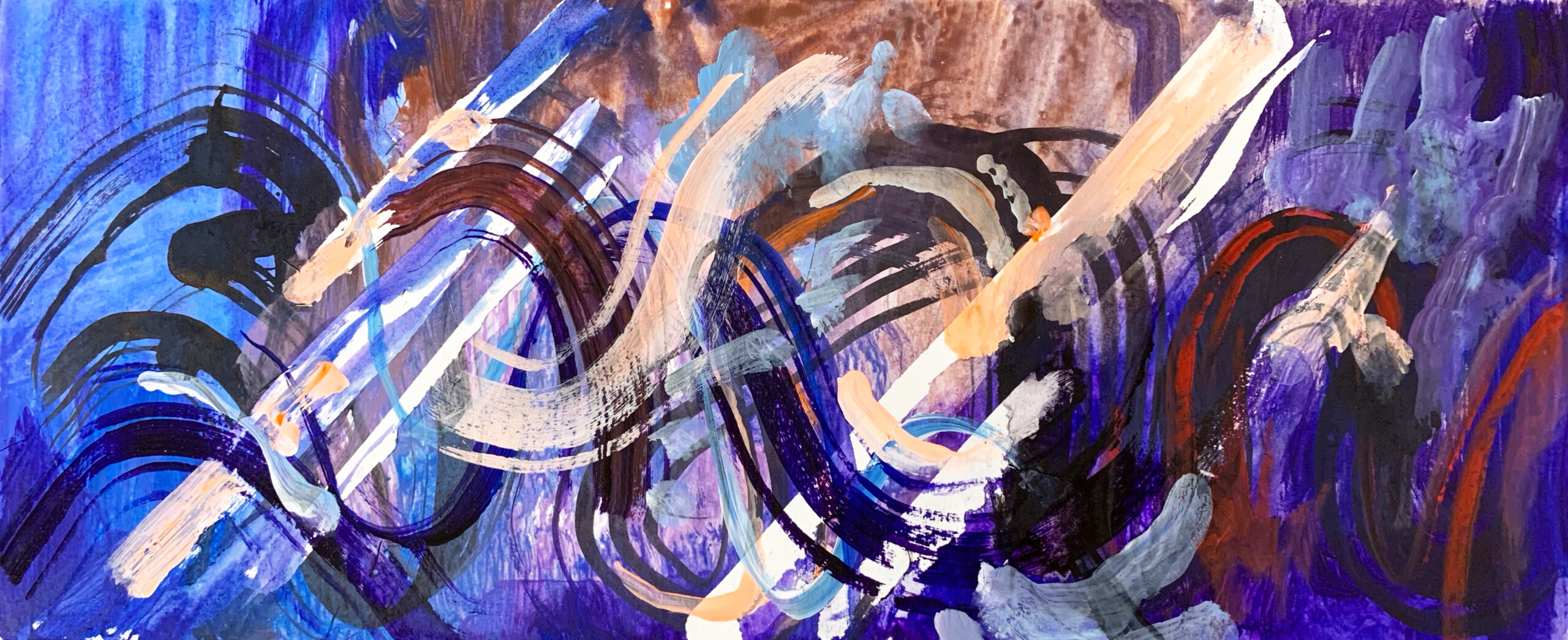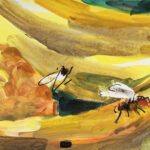Sean Williams teaches ethnomusicology in theory and practice at Evergreen State College in Olympia, Washington.
Music is not an international language.
It consists of a whole series of equally logical but different systems.
William P. Malm, 1980
My beloved professor William P. Malm, whose favorite class to teach was Music Appreciation, drilled this last assertion into my head and into the heads of hundreds of ethnomusicology undergraduates: music is not an international language. We said it out loud, repeatedly, smiling to ourselves at his eccentric and colorful expressions and gestures. As a twenty-year-old studying the musics of Japan, it never occurred to me to question what he (or anyone else) was teaching us…until I became a professor of ethnomusicology myself, ten years later. In my very first class, on the very first day, one of my well-meaning students asserted that “music is a universal language.” His fellow students nodded, smiling, and I realized that I had work to do because they were seriously wrong. This common idea has its roots in 19th-century Romantic ideals about how all (European) people (of a certain class) feel the same way.
Music is a universal need. While there may not be a word for “music” in all cultures, musical activity is happening all over the globe even as you read this. You need it, I need it, and—if you’re like me—you may even have some fragment of a tune or a song going through your head right now. The question is whether the song you have in your head bears even the slightest relation to the one I have: at this writing, I’m listening in my head to Tuvan xöömei, sometimes called “throat singing.” It sounds gloriously musical to my ears. I teach my students about it, I know how to do it myself, and I can listen to it for hours. And, according to some of my students, friends, and family members—once they stop shrieking with laughter and disbelief—it is “noise.”
While proclaiming that music is a universal language is popular, that assumption is based on the idea that “music” is what you or I have decided it to be. It’s a nice theory, but it falls apart in practice. It is one thing to listen to the emphatically postcolonial sounds of a brass band from India, knowing that they have taken a musical genre associated with the British Raj and made it into something of their own and then proclaim it to be part of the “international language” of music. It is another altogether to listen to Tibetan monks playing and chanting religious sounds in a Buddhist context and still call it music, which many people (including many Buddhists) don’t.
An oud player from the Middle East or North Africa might perform in a mode with pitches raised or lowered by a quarter-tone, and it might sound “out of tune” to someone with no prior experience with Arab maqāmāt (modes). Yet it is precisely in tune to those who “speak” that musical language. The choral music of Rapa Nui islanders (Easter Island of the southeastern Pacific Ocean), some of which sounds as if it rises and falls like the tide, can be even more challenging to those raised in the Germanic chorales of J.S. Bach, as I discovered in fielding all the phone calls when I played it during my “Beyond the Silk Road” morning broadcast on the college radio station KAOS-FM. Yet some listeners would recognize that it’s still music, even if it sounds out of tune to the inexperienced ear.
The place where all hell breaks loose for people generously inclined to believe in the internationality of music, is when music to one person is noise to another. Consider this statement from 1789, made by Charles Burney in A General History of Music from the Earliest Ages to the Present Period:
Music being the object of a sense common to all mankind; if genius alone could invent and bring to perfection, why is China, which has been so long civilized, still without great composers and performers? And why are the inhabitants of three-fourths of the globe still content, and even delight with no better than noise and jargon?
Burney places a high premium on composers and performers, but he has one standard in mind: the European orchestra, with its renowned (male) repertoire of composition. Because he does not “speak the language” of Chinese music—its sounds, its many genres, and its systems of composition—it remains noise to him.
If three-fourths of the globe delights with noise and jargon, that indicates that only Western European sounds could correctly be referred to as “music.” It is easy, in the 21st century, to dismiss Burney’s statement as nonsense, and to correctly contextualize it as belonging to a particular era.
But what does one do with the local high school music teacher, also of the 21st century, who teaches ideas that reduce the worldwide diversity of music—vocal and instrumental, solo and ensemble, tunings and rhythms and all manner of nuance and instrumentation—to the secondary status of “noise”? And who among us had a parent shouting at us to “turn down that noise” as a teen? Clearly, we have a long way to go in spreading the idea that each musical genre has its own audience, its own musical coherence, and its own internal theory; music for one audience is not music for everyone.
Here’s the thing about languages: Each one is a form of communication. Music is a form of communication, too. It communicates ideas about identity, history, politics, spirituality, race, class, gender, and status. It is a whole system. Music may also include words, but much of the communicative effect of music occurs not through song lyrics, but rather its tone color, instrumentation, and context. And in the same way that I speak the local language when I visit Indonesia, I teach my students to play Indonesian music as if they are encountering an entirely new language. And they truly are encountering a new musical language. Every year I watch them shift from “What the hell is this?” to “Ooh! Can we play my favorite tune, ‘Beber Layar’?” They have learned the language.
Music is not an international language if you don’t speak that language, and here is why it matters: We don’t get to decide what is music and what isn’t. The members of each musical culture determine for themselves what counts as music. It is on us, the listeners, to recognize the legitimacy of local music to someone, and to allow it to speak its own sonic language to those who understand it best.
Visit Radio Garden and explore the world’s many musics via local radio stations.

Sean Williams teaches ethnomusicology in theory and practice at Evergreen State College in Olympia, Washington.
Art by Michelle Huang. Michelle read this piece and designed this original painting for Conceptions Review. It is inspired by fractured and stylized sound waves. Michelle is an artist from Sugar Land, Texas, now based out of New York, New York. She specializes in oil painting, known for her expressionist style in both figurative and abstract work. Her website is https://mhuangart.com.
Launched in March 2021, Conceptions Review is interested in the ideas people have about society and the consequences of these ideas. We seek accessible and standalone articles about conception-bending ideas and popular misconceptions. We are open to fields ranging from musicology to history to mathematics to insectology and everything in between.

